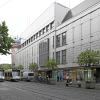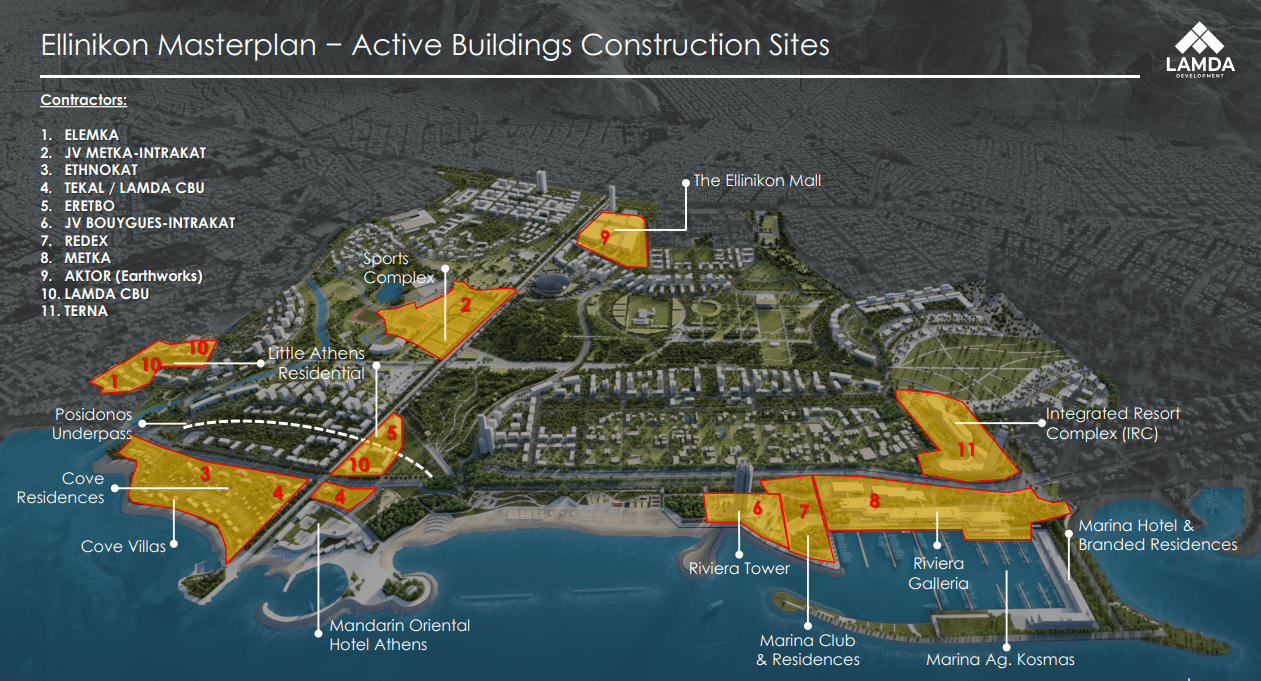Eyes: « DPS-New Home » has received the most of the votes in risk sections

How did sections voted with sustainable risk behavior
In sections with a sustainable risk behavior, which are around 1700, there is an increase of 15% in the activity of the October 27 elections compared to the June 2024 elections. In these sections, 238 thousand voters voted, which is the highest value for the last five, which remains relatively low compared to the maximum measured – 354 – 354 – 354 – 354
The analysis of the results on the sections shows that in the sections where a party has an atypically high result relative to its presentation in the respective municipality, increased turnout. Such a deviation usually speaks to the presence of a controlled vote – a trend that is observed steadily. This means that the classic form of voting is gradually inferior to other forms of controlled vote (corporate vote, clientelism, etc.).
The analysis of the data on multi-mandomial constituencies (Peace) shows that the most votes at risk have been filed in Kardzhali.
| This corresponds to 8.35% of all votes in risk sections or 21 175 votes. Second in the part of the vote in risk sections is Burgas – 7.68% (19 473), followed by Blagoevgrad – 6.68% (16 949) and Haskovo – 5.60% (14 196). |
The most serious increase in turnout is observed in the risk sections in Kyustendil – 10.28%, Yambol – 9.66%and Burgas 8.59%.
In several regions, the risk vote was crucial in determining the election result. The highest share of votes at risk is in Kardzhali – 3.32% (8 414 votes of all votes filed in the area), in Plovdiv – 2.91% (7 370 votes) and Haskovo – 2.86% (7 262 votes). Comparison with previous analyzes shows that these are municipalities with a traditionally high share of the controlled vote. The municipalities in which the most serious decline in the activity in the risk sections is reported are Nikola Kozlevo (Shumen district) – from 521 to 225 votes and Treklyano (Kyustendil district) – from 282 to 132 votes, and the highest growth in Chuprene) – 25.05% and hostels and hostels and hostels (Vidin
A total of 132 607 voters (or 4.92% of all voted in the country) have supported the parties that won the vote in the individual risk sections.
Stoil Tsitselkov, Expert: The Constitutional Court was well motivated, but had to allow observers
Which political forces have received the largest share in sections with sustainable risk behavior?
In October 2024, most of the votes at risk went to MRF – New Beginning – 78 574 votes, second is GERB with 62,098 votes, and third is the faction, which remained true to the honorary chairman Ahmed Dogan « Alliance for Rights and Freedoms » with 13 866 votes. Prior to the split in the movement, which came in July 2024, the votes at risk for the MRF were 93 707 – a result that is among the highest for the formation in these sections over the years.
| When collecting the votes of MRF – New Beginning and APS, it turns out that the two factions received a total of 132,000 votes from risk sections or 30,000 more than the vote in June. |

In percentages, this corresponds to almost 33% of the entire risk vote for MRF-New Home and 16% for the APS.

Also interesting is the distribution of the results of the two factories by peace. In only two of them (Silistra and Razgrad), the APS manages to overcome MRF-New Home and win most of the risk votes. A possible reason for the supremacy of Delyan Peevski's party is that in these regions there are different clientele mechanisms and political confidence is manifested in the strong of the day, the one with greater political and financial resources.

Distribution of votes for APS and « DPS-New Home », Source: Eyes
GERB -SDS traditionally receives a high share of votes in risk sections – 26%, retaining an approximately similar result against the previous election. « BSP – United Left » receives 13 866 votes or 5.82%of the vote in the risk sections, « Renaissance » – 12 890 votes or 5.41%, and « We continue the change – democratic Bulgaria » – 10 902 votes or 4.58%.
Constitutional Judge Yanaki Stoilov: The seasoning of ballots cannot be hidden
As for the share of risk votes as part of the total result of the individual formations, after the two MRF factions is the GERB – 9.84% of all votes for the Boyko Borisov Party were filed in risk sections.

Which new sections showed election deviations in October 2024?
- atypically high turnout in the section compared to registered in the municipality;
- the atypically high result of the leading political party in the section compared to the registered result of the party in the municipality;
- an atypically high number of invalid ballots and votes in the section
as well as through:
- identifying deviations in turnout in a section in two consecutive election years;
- Reporting a sudden change in the political biases of voters in a section in two consecutive election years – for example, when in a section it has traditionally voted for the BSP and suddenly the most votes collect GERB.
« Anti -Corruption Fund »: Over 2500 sections are risky for bought or controlled vote
In a total of 66 sections, deviations were observed at several indicators.
| According to the model, which compares the turnout of the elections in June and October 2024, 125 new sections at risk have been identified. In addition, a sudden change in political preferences is reported in 504 sections. |
Although the methodology takes into account the overall change in political bias at the municipal level, it should be borne in mind that the reasons for the deviations in some sections may not be bound by a controlled and bought vote.
With the application of these models, it is known that the share of new risk sections in the country is 4.2%, and in the October 2024 elections, 98,100 people or 4.1% of the voters in the country voted.
The highest percentage of vote in risk sections compared to the total number of votes in the area is reported in the multi-mandomial regions of Lovech (10.04%), Smolyan (8.53%) and Haskovo (7.12%). At the municipal level, the share of votes at risk in Apriltsi (40.79%), Kocherinovo (36.52%) and Bozhurishte (29.71%) is the highest.
The scandal with the election results: What exactly did you understand?
In the October 2024 parliamentary elections, GERB-UDS received the largest share of the votes in the new sections with reported deviations-just over 27,000 votes.
Second is MRF – New Beginning with nearly 17,000 votes at risk, followed by Revival with over 10,000 votes. « We continue the change – Democratic Bulgaria » takes 8 134 votes from the new sections at risk, followed by the Alliance for Rights and Freedoms, which receive 7 529 votes, « BSP – united left » with 7 072 votes, « There is such a people » – 5 158 votes and a sword – 4 062 votes.

Following the outcome of the election case: the election committee quickly announced the new MPs
Deviations in the preferential vote
- The preference can be used as « control ». Voters who have become the subject of a controlled or bought vote have been instructed to choose a specific preference that is later used as a hallmark so that the vote dealer can measure and prove to the buyer how much votes were filed on his behalf.
- One part of the bought and the controlled vote is carried out in the context of internal party competition, ie. Applicants can buy votes independently to change the arrangement of the party list and secure a place in the National Assembly or to « prove » their influence over the party leadership.
These circumstances are especially visible in cases where party practice does not encourage preferential vote. The next schedule shows the distribution of the preferential vote in parties, which became part of the 51st National Assembly or fell near the barrier to enter it.

The data analysis isolates 30 cases in which the concentration of a preferential vote is unusually high. In these cases, a candidate has received a large number of preferences in a small number of sections compared to all candidates in Bulgaria.



Voice against firewood, or for the bought vote of the upcoming elections
Sections with a large concentration of preferences
In 286 sections in the country there is a serious concentration of preferences, or over 85% preferential vote for a candidate of all votes for the party that raised it. These sections reported a total of 27,000 preferences, with the most submitted in the Blagoevgrad district, especially in the municipalities: Simitli – 2 796, Razlog – 1 911, Kresna – 919 and Samokov – 501.
The structure of the preferential vote varies greatly between both different parties and settlements and regions. Comparative analysis helps to distinguish specific and probably problematic cases. When a candidate receives an unusually large number of preferences (balloons in the graphics), the possible explanations are two – either the candidate -MP is extremely popular and has made a great preferential campaign, or it is an illegitimate mechanisms and/or a controlled vote.
One of the strategies observed by the eyes is the placement of candidates with influence and resources last in the candidate-deputy lists. This means that in order to rearrange the list and in order to enter the National Assembly, they have to mobilize a large number of voters whose vote goes apart from the candidate and the party. This tactic is most observed in the structure of the voices of GERB. Bright examples of such cases are Stefan Apostolov in Mir Blagoevgrad and Hristina Georgieva in Pernik.
Similar shifts, although not the last candidate, are also observed at MRF-New Beginning. The use of preferences in Delyan Peevski's faction has increased significantly compared to the traditional MRF values. Over the years, the MRF has encouraged their voters not to use the mechanism of preferences. This voter behavior is new and atypical.
The purchased and controlled vote: For the scale of the disaster and the role of the Ministry of Interior
The « Analysis » section presents different perspectives, it is not necessarily the expressed opinions that they coincide with the editorial position of Dnevnik.














